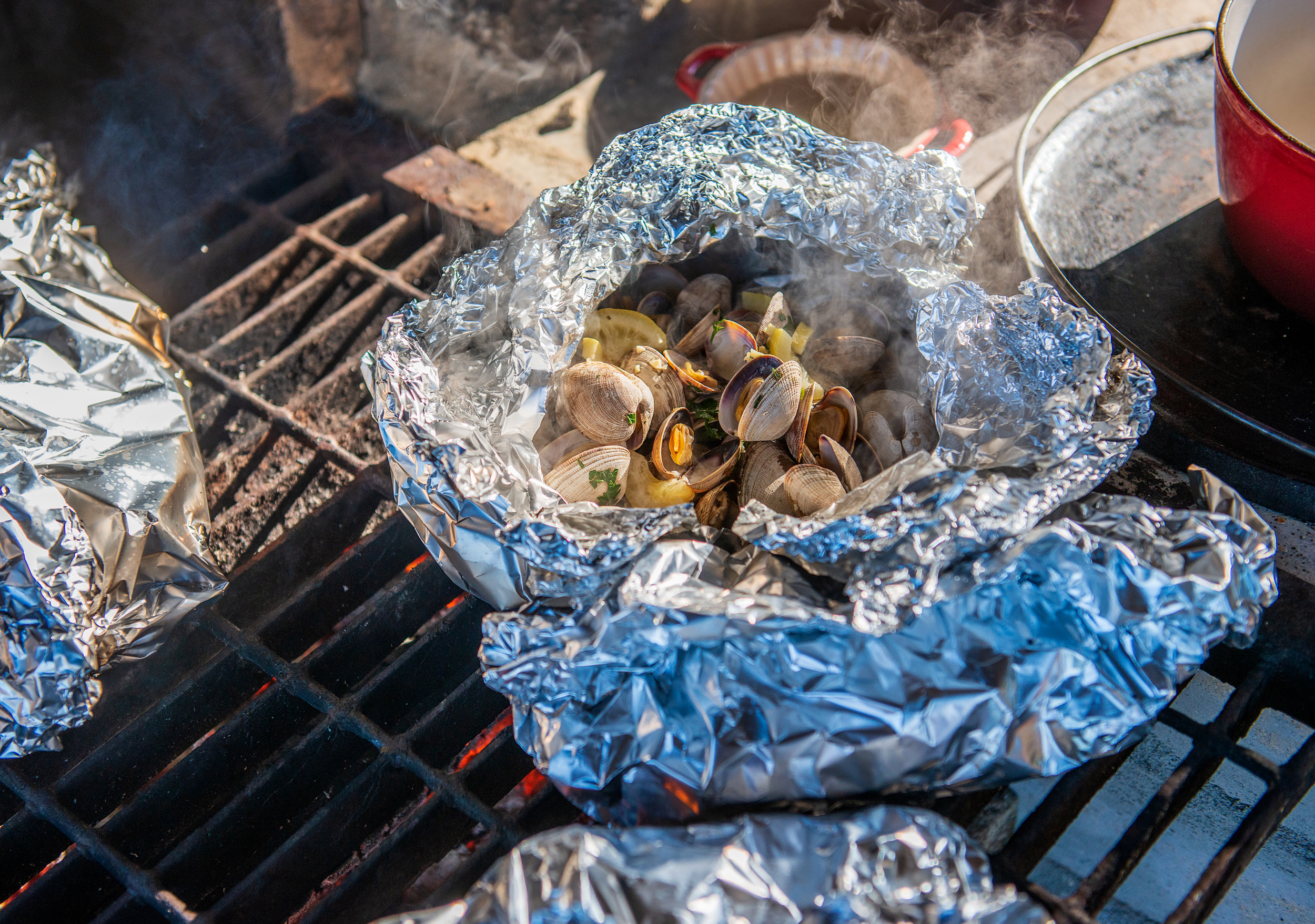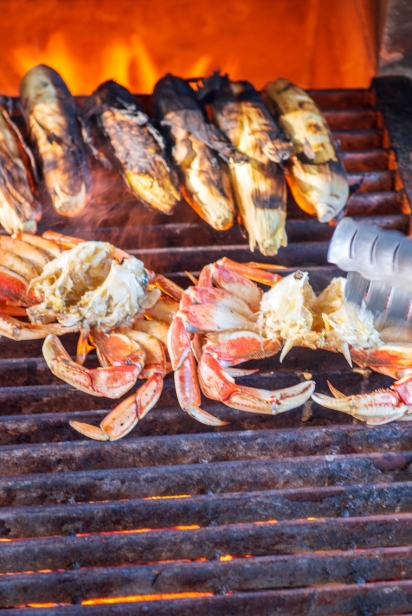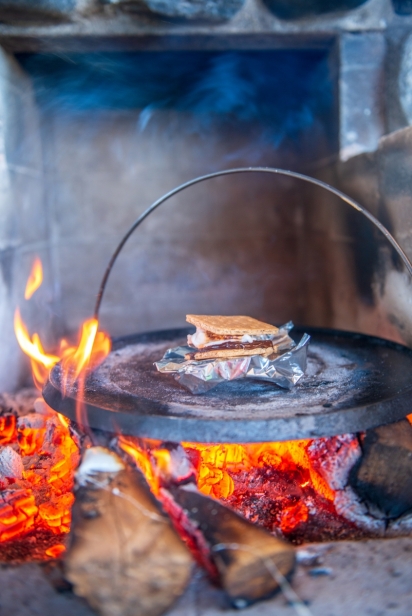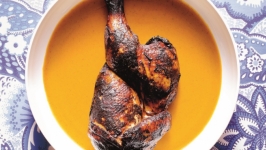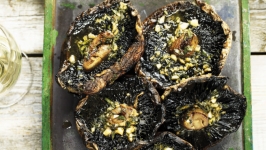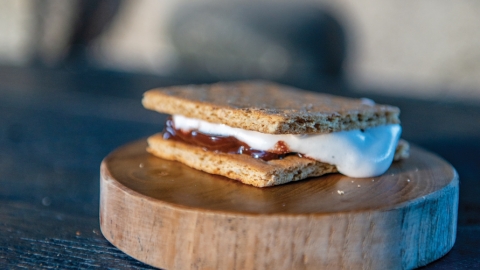Lit! We’re All Fired up For Barbecue Season
All over Vancouver Island, whenever there’s something to celebrate, be it a wedding, a reunion or just the end of a busy day, the party inevitably moves down to the beach. Someone will light a fire. Someone else will cook something over the flames. It might be fancy, like oysters or halibut. It might just be hot dogs.
The point is: Simply gathering around the fire feels like a party.
And so it is that as we enter the season of weddings, graduations and reunions, of Canada Day and B.C. Day and (sigh) Labour Day, most of our celebrations happen around the barbecue. Consider it the hearth—the heart—of every truly memorable summertime gathering.
An Island Tradition
Vancouver Island has a long tradition of cooking over open fires. For millennia, Indigenous peoples smoked salmon on sticks. By the 19th century, European settlers were simmering cauldrons of chowder. Since then, countless Islanders have cooked up crab boils, cedar-planked salmon, spot prawns a la plancha, oysters on the half shell, scallops on skewers, and pots of shellfish. You’ve probably enjoyed these dishes yourself at a beach or a campground or your best friend’s backyard. (And if you haven’t, what are you waiting for?)
Of course, not all flame-cooked foods are the same. Some are cooked hot and fast, others low and slow. Some are pierced on sticks; others are tossed straight into the grill; still others are seared on a griddle or roasted in a pot. Some are slathered in sauces and spices, others served as simple as they come. They are cooked over campfires, hibachis, kettles, grill carts and deluxe barbecues that are bigger, and more expensive, than your first car.
BBQ Fuel
And then there’s the whole issue of the fuel source.
Gas and propane are fast, convenient and easy to control. A gas grill is ideal for when you come home from work and want to cook a quick burger and still have time to catch an episode of Schitt’s Creek before bed.
Wood or charcoal provide what the pros call “live fire.” Live fire is more finicky. It takes longer to ignite and is harder to control. It has to be fed constantly. It takes time and skill to do it right. And you can’t just shut it off when you’re done.
But live fire makes food taste better. Its sweet aroma lingers in the air, announcing to all that something delicious is happening here. It imbues food with a seductively bittersweet flavour that’s impossible to recreate over gas.
It is also a more effective means of cooking. When it’s in full flame, live fire is hotter than gas, which is handy if you’re trying to achieve optimal caramelization (technically known as the Maillard reaction) on a pricey piece of striploin. That searing temperature only lasts a few moments but the coals will retain some heat for hours and hours, long enough to cook, say, a pork shoulder until all the collagen breaks down and the meat falls apart in tender shreds.
This slow form of cooking over coals is what is really meant by “barbecue.” Although barbecue has come to mean anything cooked over fire, as well as the appliance used to cook it and the event at which it is enjoyed, technically, foods that are cooked quickly over high heat are “grilled.”
Grill it All
And here’s the good part: just about anything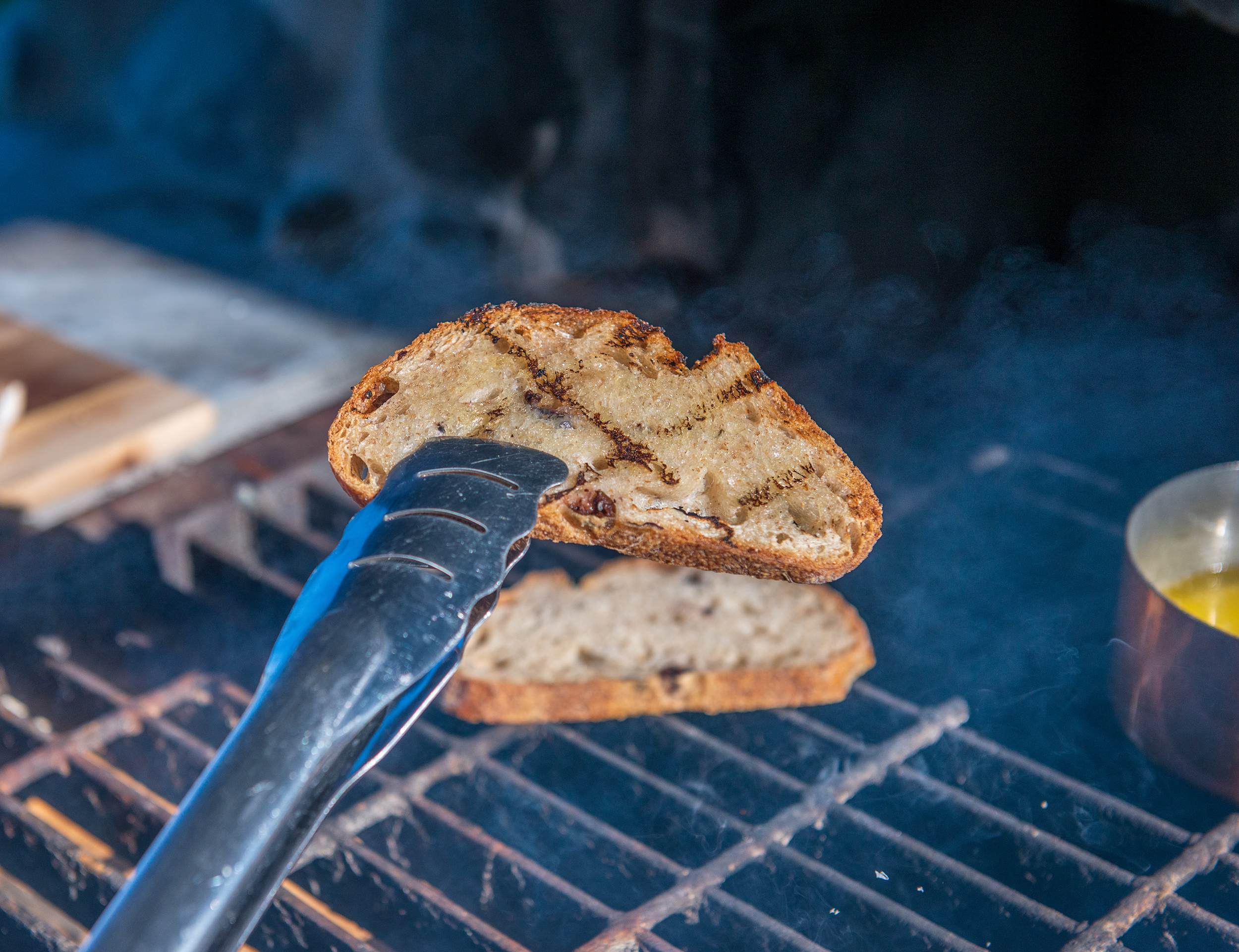 can be grilled. Pizza dough. Veggies, like sweet corn and snappy asparagus. Seafood. Steak. Fish. Shellfish. Chicken. Fruit. Even cake. Oh, and don’t forget: bread.
can be grilled. Pizza dough. Veggies, like sweet corn and snappy asparagus. Seafood. Steak. Fish. Shellfish. Chicken. Fruit. Even cake. Oh, and don’t forget: bread.
Seriously, is there anything better than a slice of rustic bread from, say, Fol Epi in Victoria, brushed with olive oil, grilled and enjoyed with Natural Pastures’ water buffalo mozzarella, fresh-from-the-farm tomatoes and a pinch of local fleur de sel?
How about a pound or two of tender Gulf Island mussels, liberally sprinkled with chopped garlic, ginger, chilies, cilantro and lime juice, then loosely wrapped in foil and popped on the grill until the whole package expands like Jiffy Pop, creating its own lovely broth as it cooks?
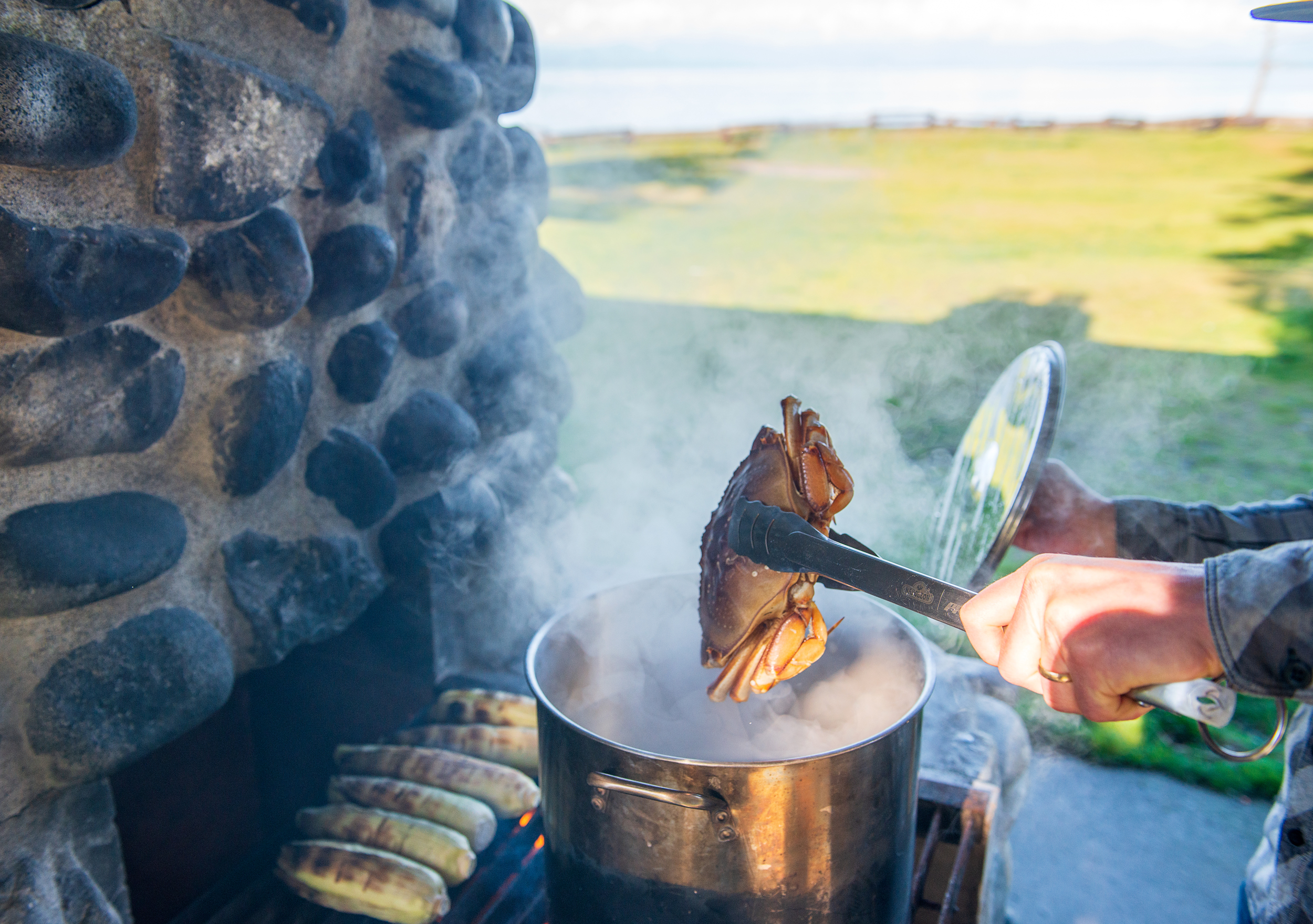 Even simpler is the classic West Coast crab boil: fill a pot with seawater, place it over the fire and bring to a boil. If you like, you can add some onions, bay leaves, new potatoes and discs of corn on the cob. Then drop the crab(s) in the pot and cook for a few minutes. Toss some shellfish in, if you like. Serve with drawn butter and a local craft beer or a white wine like the Blue Grouse Quill Pinot Gris or Unsworth Allegro.
Even simpler is the classic West Coast crab boil: fill a pot with seawater, place it over the fire and bring to a boil. If you like, you can add some onions, bay leaves, new potatoes and discs of corn on the cob. Then drop the crab(s) in the pot and cook for a few minutes. Toss some shellfish in, if you like. Serve with drawn butter and a local craft beer or a white wine like the Blue Grouse Quill Pinot Gris or Unsworth Allegro.
And, of  course, any summer evening should end with a round of s’mores, the classic campfire treat of toasted marshmallows and chocolate sandwiched between graham crackers. ’Nuff said.
course, any summer evening should end with a round of s’mores, the classic campfire treat of toasted marshmallows and chocolate sandwiched between graham crackers. ’Nuff said.
Whatever your plans this summer, formal or casual, come gather ‘round the fire. The party’s just getting started.
Read on to find our recipes for Jiffy BBQ Clams and Homemade S'mores at the bottom of the page.


